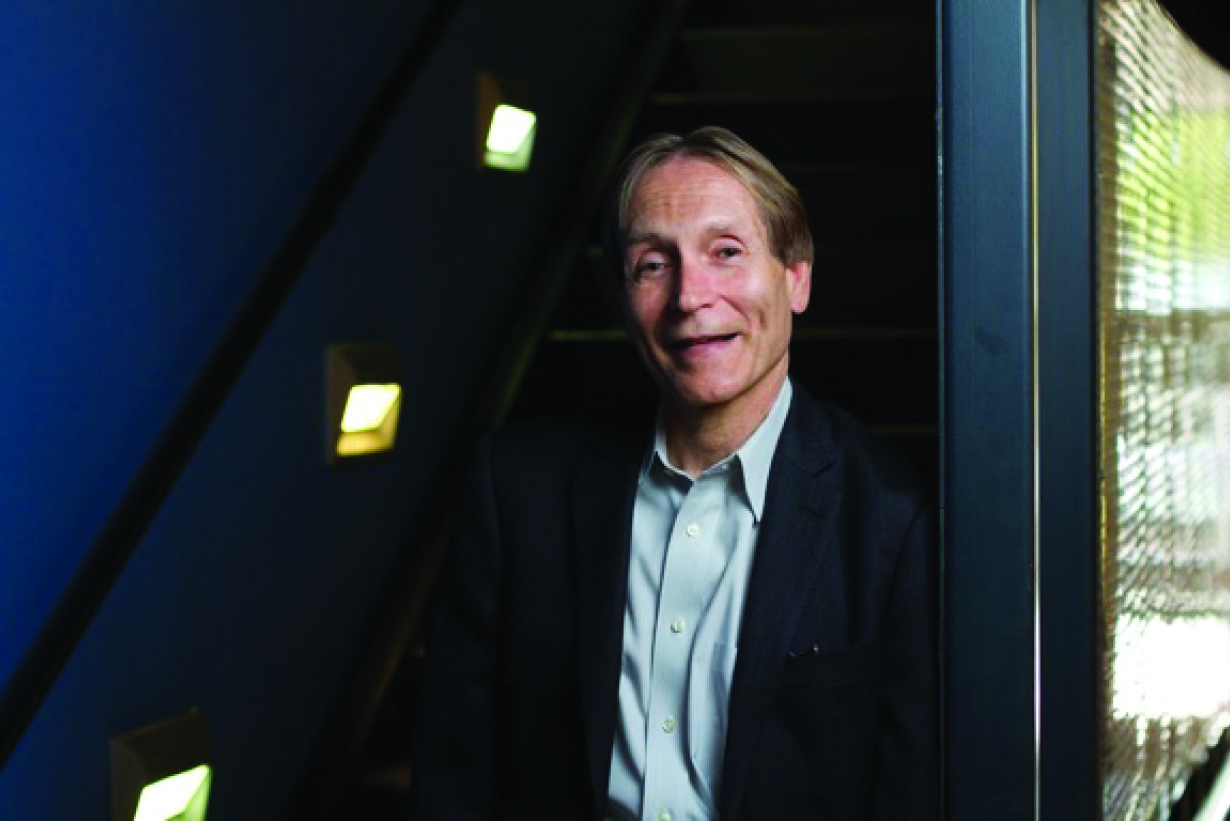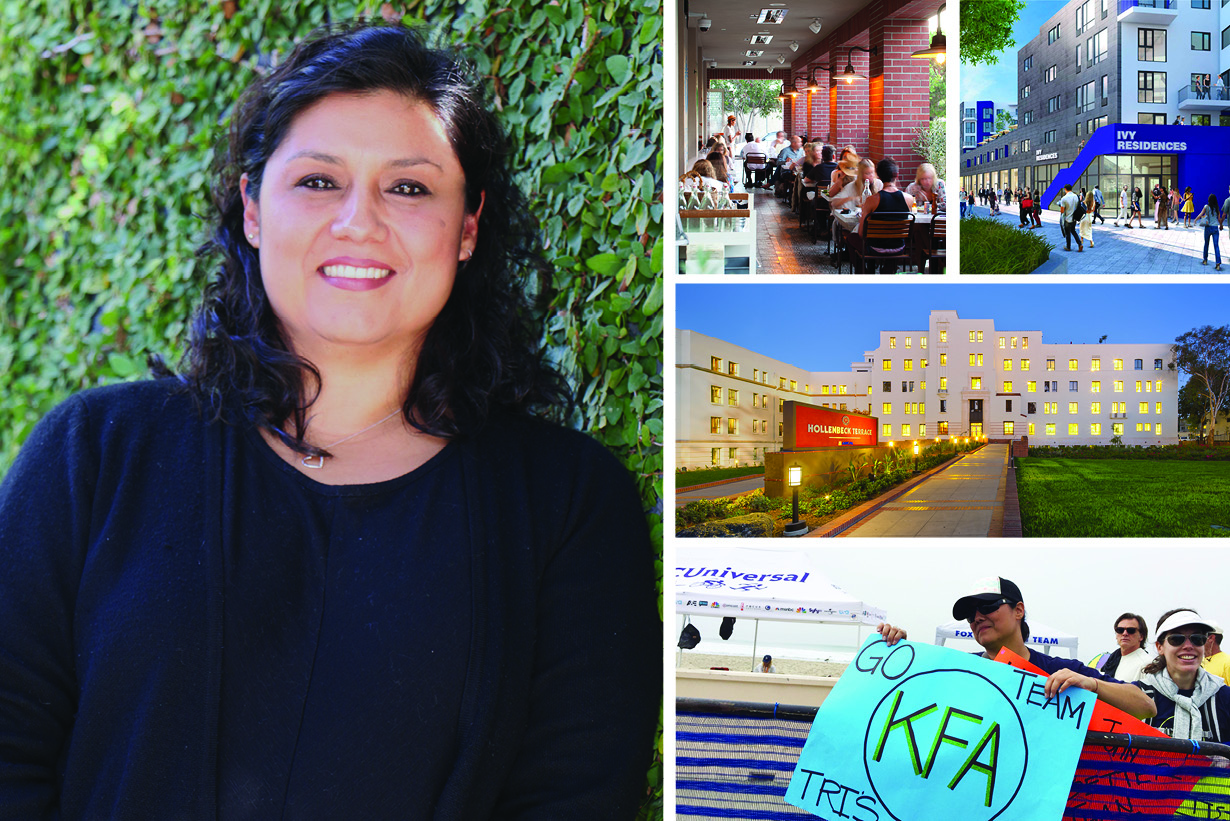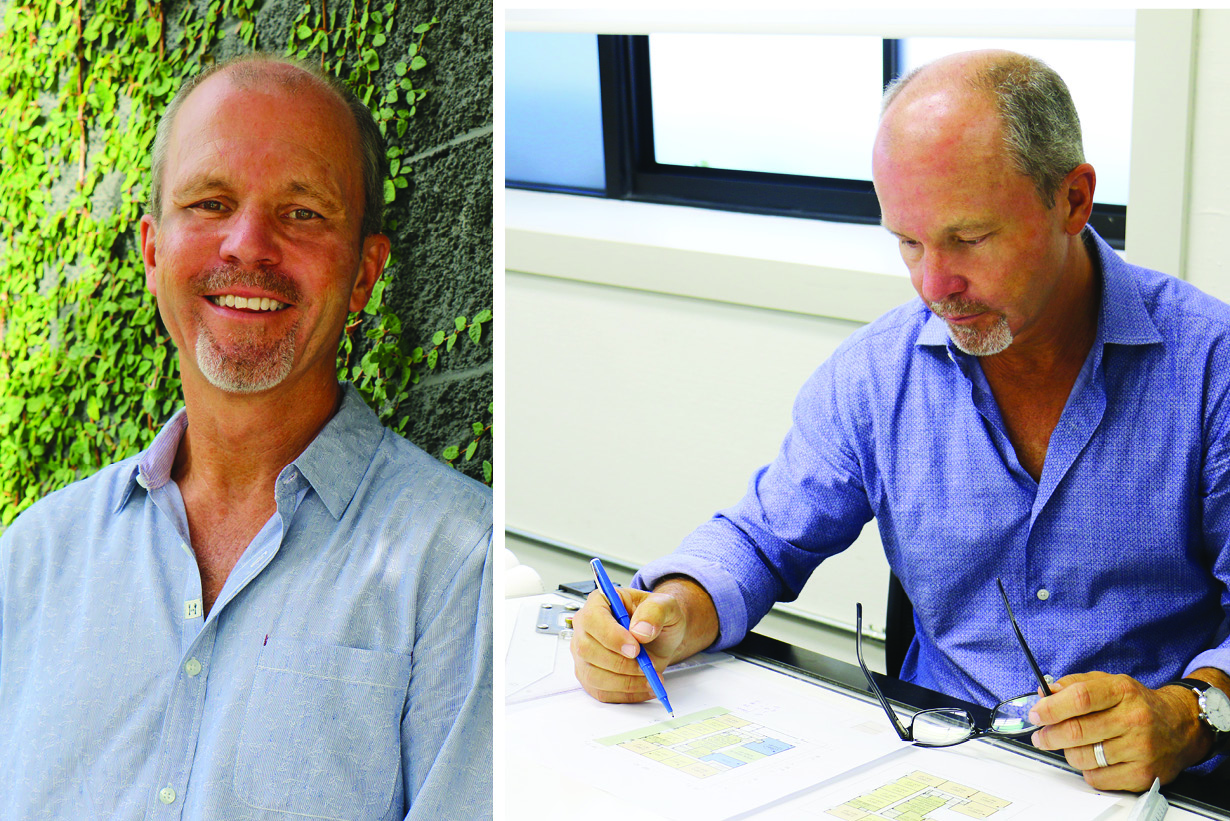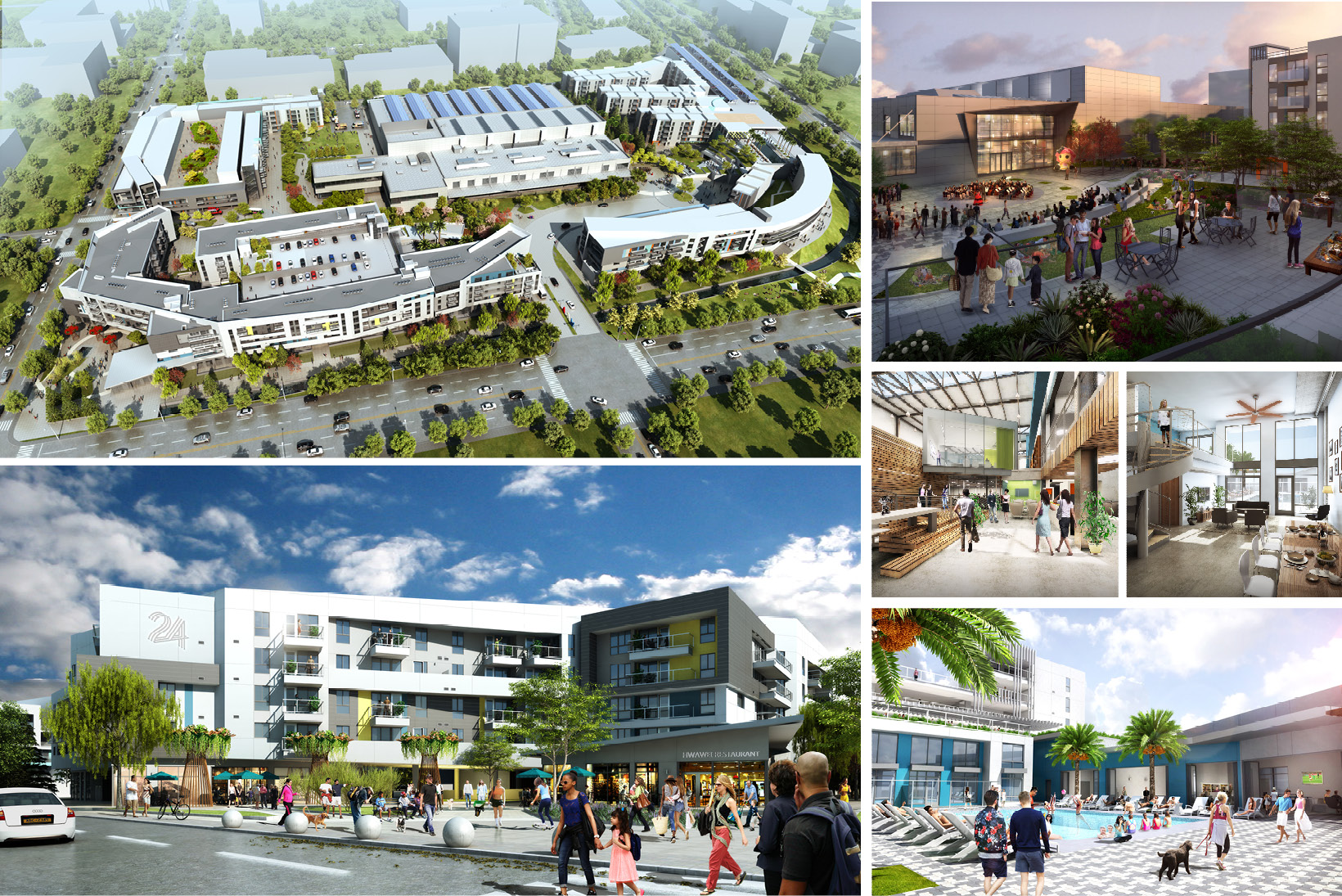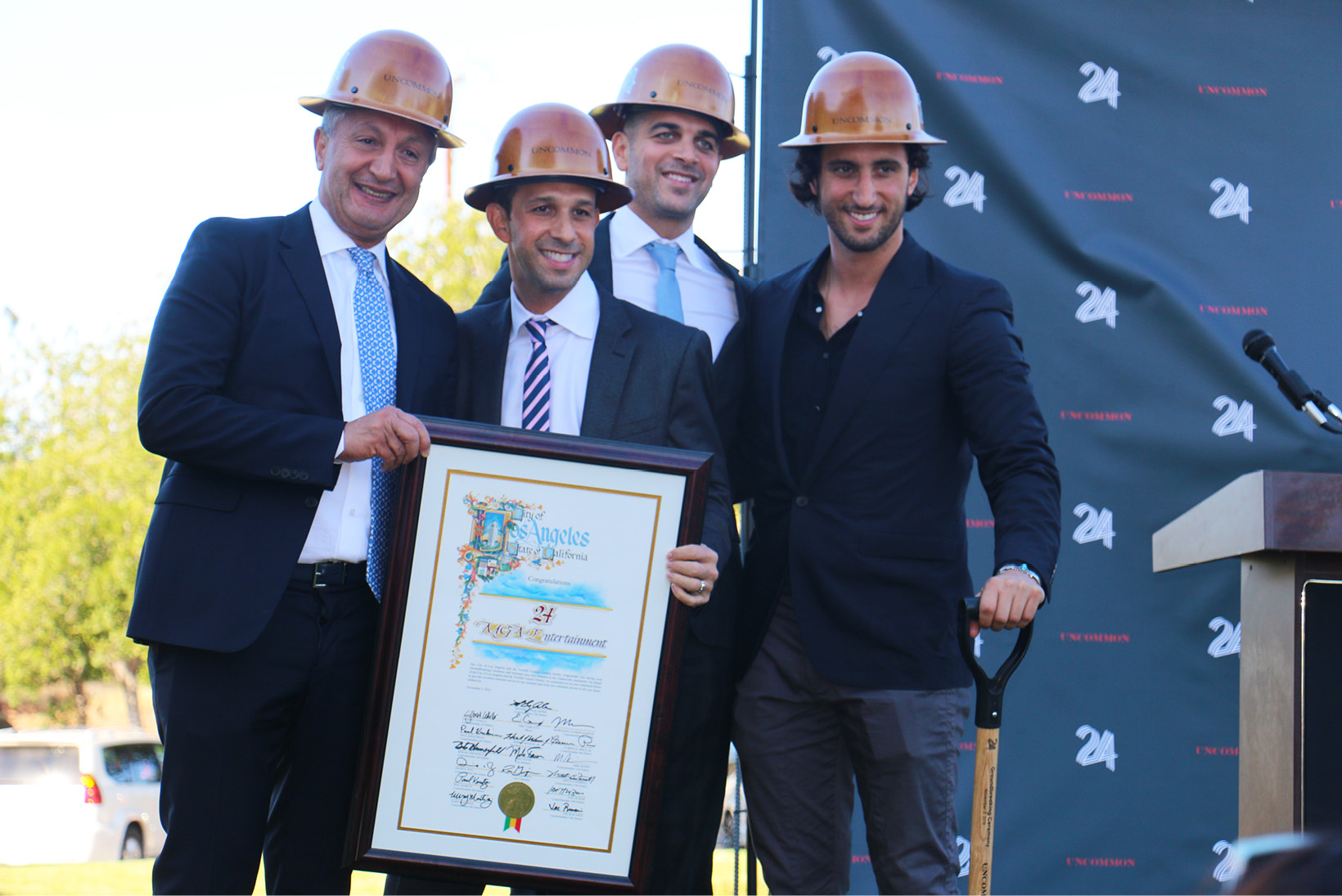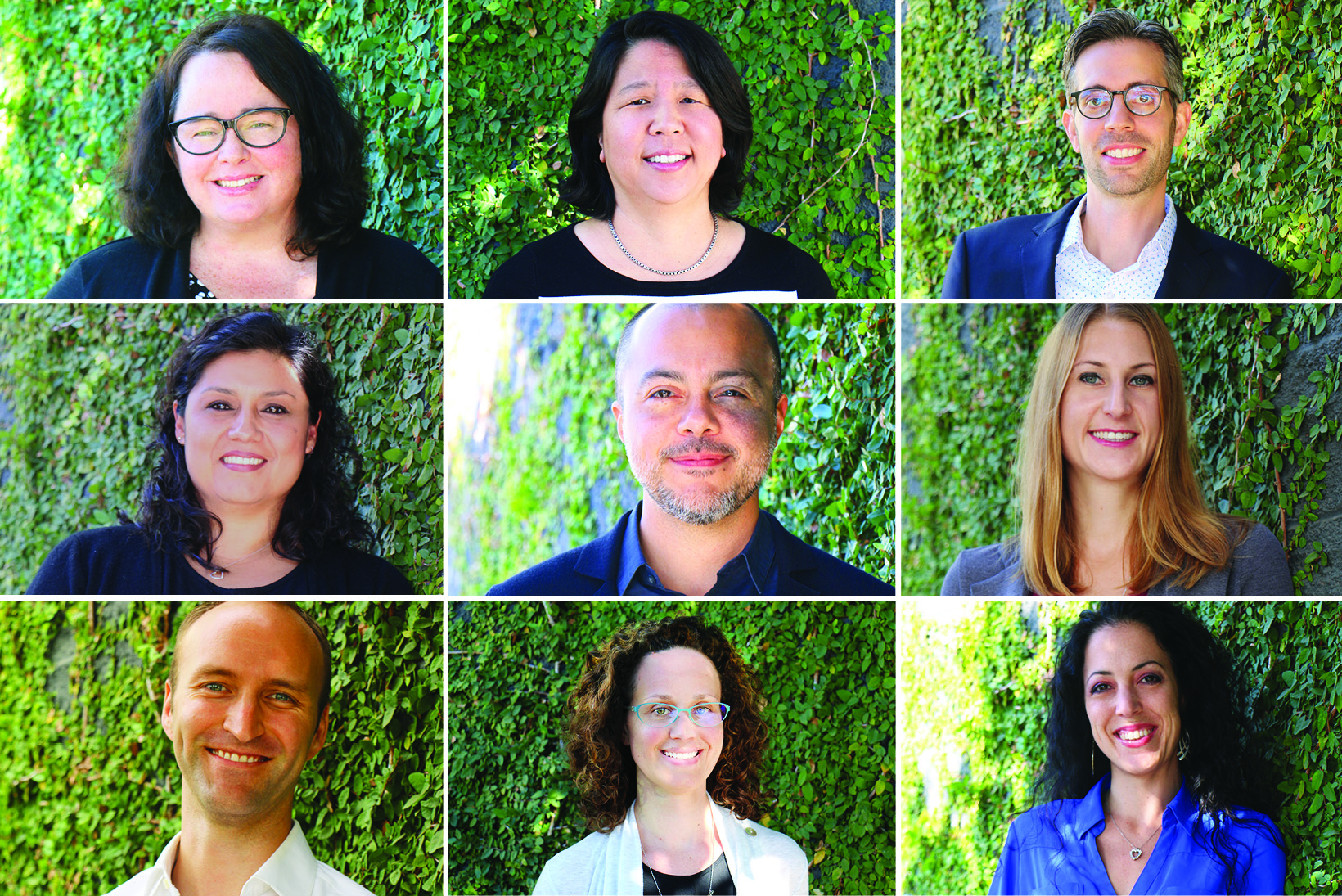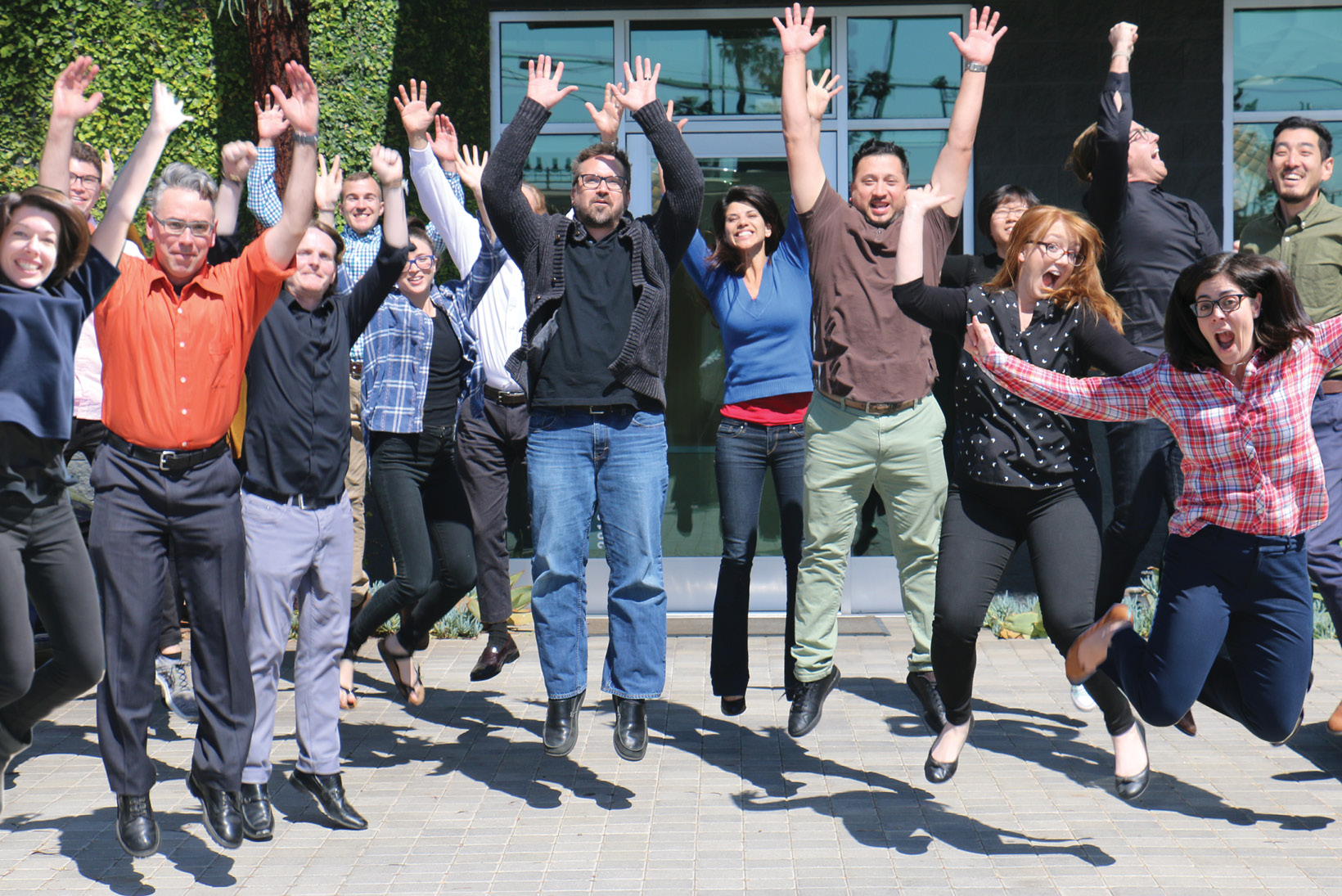Highly anticipated TOD will enhance community living with its spacious plaza, transportation hub, boutique hotel, residences, offices, dining & retail amenities. KFA has announced that construction is about to begin on Ivy Station, a state-of-the-art transit-oriented development (TOD), that will surround the Culver City Station on Los Angeles’ Metro Expo Line. Located at the intersections of […]
LATEST NEWS
IVY STATION, “A TOD UNLIKE ANY OTHER”
Construction is about to begin on Ivy Station, a state-of-the-art transit-oriented development (TOD), brought to fruition by KFA, that will surround the Culver City Station on Los Angeles’ Metro Expo Line, located at the intersections of Venice, Washington and National Boulevards in Culver City. KFA Partner Jonathan Watts, AIA, who also serves as Chair of the Urban Land Institute’s Building Healthy Places Initiative, interviews Culver City’s Sol Blumenfeld to answer our questions about this unique project, developed by Lowe Enterprises in partnership with AECOM Capital, that has attracted interest nationwide.m
MEET THE IVY STATION PM: MONICA RODRIGUEZ, AIA, SENIOR ASSOCIATE
This is my personal love story with Los Angeles expressed through projects that I’ve worked on at KFA. I am a native Angelino and was born in Boyle Heights. My teenage and college years were spent working in my parents’ Mexican fast food restaurant. So, when Barbara and Wade asked me to work on […]
PARTNER SPOTLIGHT: JONATHAN WATTS, AIA, PARTNER
Partner In-Charge, Ivy Station My passion for Architecture stems from growing up as the son of an architect in northern England. I would work in my father’s office making blue line prints, refilling ink pens, doing site surveys in the driving rain and visiting job-sites with my father. I loved then, and I still […]
KFA’S ANDREA URMANITA, AIA, PRESENTS AT THE AIA|LA ENCOMPASS CONFERENCE
In May 2017, AIA|LA held its inaugural, daylong Encompass conference that focused on problems and solutions concerning diversity, inclusion, and equity within the profession of architecture. KFA celebrates AIA|LA’s effort in creating the proper forum for continuing the vitally important conversation about diversity and inclusion. AIA Statement on Equity, Diversity and Inclusion, 2017 The American […]
KFA LOVES SUSTAINABLE COMMUTING!
KFA employees frequently use public transportation, bike, walk, and carpool to and from our Santa Monica office, which is conveniently located one block from the 17th St. stop on the Metro Expo Line. We provide our commuters with a daily cash reward and reimburse Metro fares. Since the start of our program, sustainable transportation use […]
Uncommon’s “24” is Underway
Late last year saw the groundbreaking for “24,” a 24-acre, mixed-use campus project in Chatsworth, CA. It was master-planned and designed by KFA to occupy the site of a former Los Angeles Times printing plant, shuttered since 1983. The developer, Uncommon, represents the next generation of two distinguished families of the Southern California commercial real […]
Uncommon and “24”: Interview with Principals Jason Larian and Ryan Hekmat
KFA collaborated with developer Uncommon and MGA Entertainment to develop a master plan for “24,” the Valley’s first live-work-play community, on the under-utilized 24-acre site of a former Los Angeles Times printing facility in Chatsworth, CA. KFA sat down with Jason Larian and Ryan Hekmat, the co-managing directors of Uncommon, to discuss the concept and […]
Leadership: KFA Associates
2016 “Firm of the Year” Recognizes the Talent & Contributions of Licensed Architects Team KFA has announced several promotions of its licensed architects. Founded in 1975 and based in Santa Monica, CA, the multiple-award-winning firm attracts innovative and talented design professionals, and nurtures their professional advancement. A large percentage of KFA employees have been there […]
Meet the KFrosh Class of 2017
Our office is bustling with new faces and we are excited about opportunities to collaborate as we grow. We interviewed our newest freshman class and asked each of them to give us a brief introduction: Christopher Faulhammer Born in Florida and raised in Ohio, Christopher has always had a passion for technology and finding ways […]
Partner Spotlight: Lise Bornstein, AIA, Partner
As a kid playing amongst the row houses, parks and alleys of DC; as a young adult exploring the maze of courtyards in the old Jewish quarter in Berlin; or yesterday discovering a new walk street near my home in Venice, I have always approached the urban terrain with a sense of inquisitiveness, adventure and delight.
So, when in 2013 I stood with our client amidst a sea of surface parking, and together we imagined the possibilities of a community of apartments interwoven with an amphitheater accessible to the neighborhood, a village green for picnics and movies, an orchard with fruit from his childhood, and an arroyo of people wandering through a huge, yet intimate site, it felt not only right, but like coming full circle as a perfect marriage of site and city.
People find community in different places, and KFA’s current projects reflect a subtle shift in the ways that we live in LA. Incorporating design opportunities for a variety of levels of social interaction increases connectivity and promotes a sense of belonging and participation in a neighborhood.
With the passage of recent initiatives, the people of Los Angeles have committed to making our city denser, more connected, and more inclusive. We will make our streets, transit system, single site and campus scaled projects part of a vibrant interwoven public realm. Looking to the future, I expect it to be an exciting ride in exploring and contributing to this city.
Lise is committed to the advancement of people and the profession. She has spoken at Design for Dignity: Changing the Housing Equation by Design; at Powerful, the AIA|LA conference showcasing women leading the design profession; and at the USGBC-LA Municipal Green Building Conference. She is a Board Member and the Scholarships/Fellowships Chair of the Association of Women in Architecture Foundation, and a Board Member of Step Up on Second.

